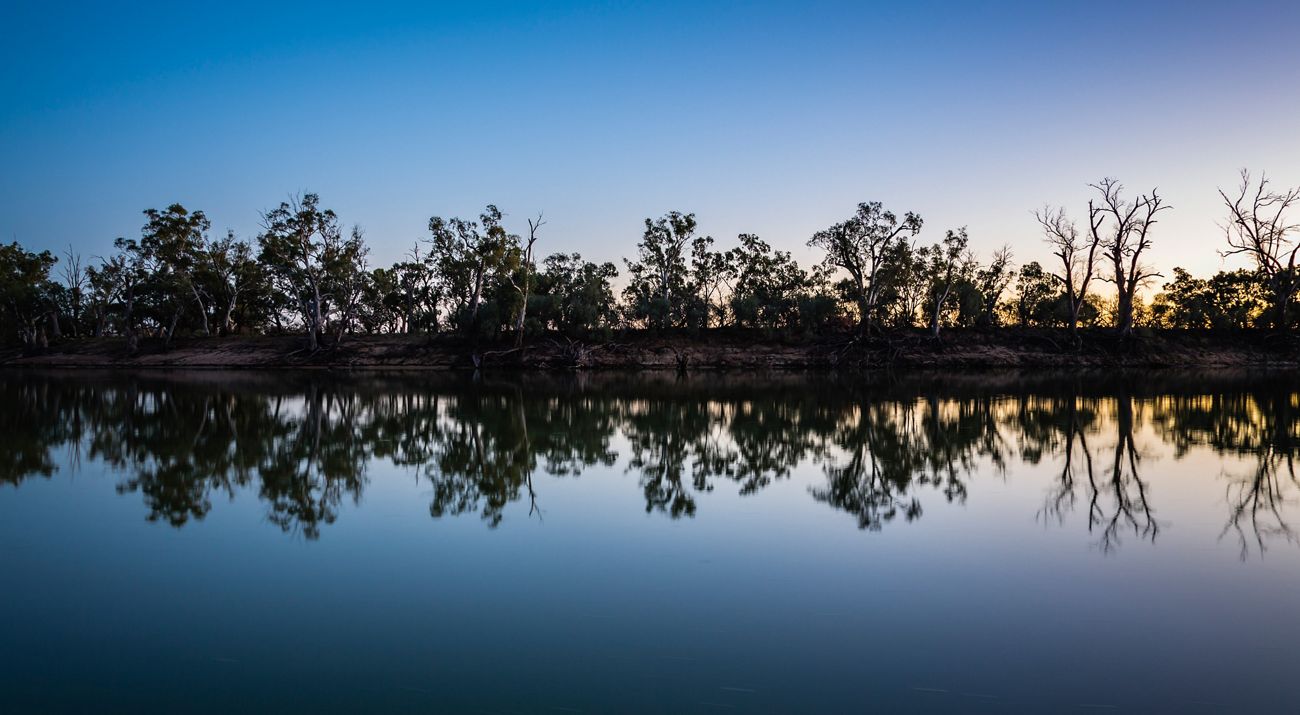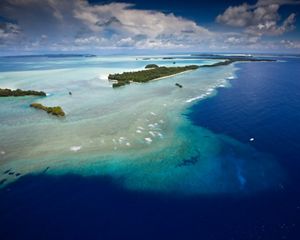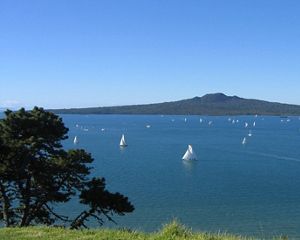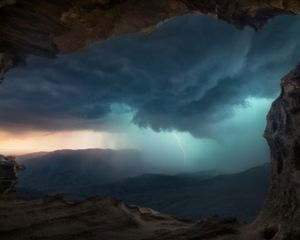
More than 70 percent of the water we take from nature is used for agriculture, producing the food and other goods we all need. But this comes at a cost to the natural world, which needs its own share of water. With additional threats from development and pollution, watersheds need our help. At The Nature Conservancy (TNC), we know that protecting nature goes hand in hand with supporting community health and economic opportunity, and that we can accomplish all three with the right strategies. We have facilitated the establishment and operation of more than 30 water funds around the world, to provide clean water for people and nature from Ecuador to Kenya.
Water funds are a promising solution:
In Australia, TNC launched the Murray-Darling Basin Balanced Water Fund in 2016. The Murray-Darling Basin accounts for HK$148 billion of agricultural output and provides one third of Australia’s food supply, while serving as a home to 51 endangered species.
In China, TNC established its first water fund in the country in the Longwu Reservoir, Zhejiang province, engaging more than 4,000 farmers to keep fertilizer runoff out of water sources through financial incentives. We are looking to replicate this model on the Dongjiang River, which supplies drinking water for 40 million residents of Hong Kong, Guangzhou, Shenzhen and other urban areas.
What is a water fund?
A water fund is an innovative way to finance watershed conservation, first pioneered by TNC in Quito, Ecuador. In most of the water funds we’ve established, water users in major cities (such as water utilities, power companies, beer and soda factories and the general public) pay small fees for their water usage that collectively generate enough revenue to finance watershed conservation upstream. The water consumers are effectively investing in the health of the rivers and lakes that their water comes from, so that they can be sure the water they use is clean and in abundant supply.
Upstream:
The communities who live upstream in those watersheds receive funding to protect those water sources in a variety of ways: from compensating cattle ranchers who keep their livestock away from fresh water sources, to financing community reforestation efforts, water funds generate the resources necessary to keep watersheds healthy and intact now and in the future. As an added bonus, much of the money that would otherwise be spent on expensive water treatment processes to make it safe for human consumption can be saved.

Downstream:
People and companies downstream benefit by having clean and abundant water; people and communities upstream benefit by receiving compensation for caring for the watersheds where they live; wildlife benefits by having healthy natural habitats to sustain them; and forests and grasslands can continue to thrive and serve their ecological functions of cleaning groundwater, providing wildlife habitat, and capturing and storing carbon.



